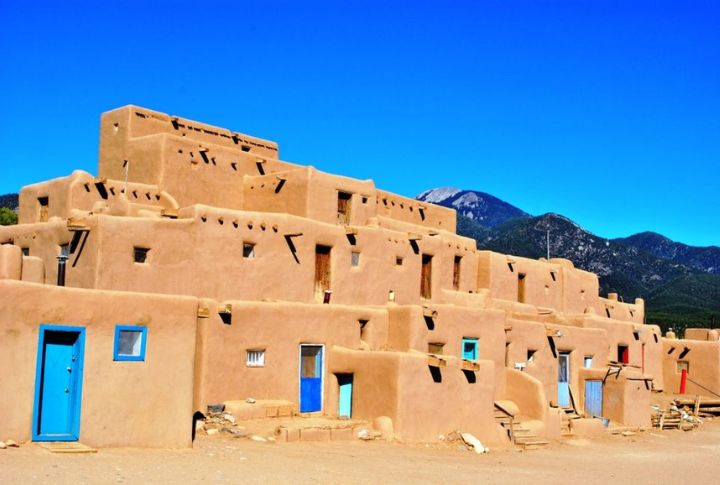
Architecture tells a story, and some of the most remarkable designs are rooted in centuries-old traditions. Indigenous communities crafted homes that blended innovation, culture, and nature, creating structures that still inspire today. Each one reflects a deep connection to the land and the people who built them. Discover ten extraordinary landmarks that showcase the brilliance of Indigenous architecture.
Mesa Verde Cliff Dwellings In Colorado
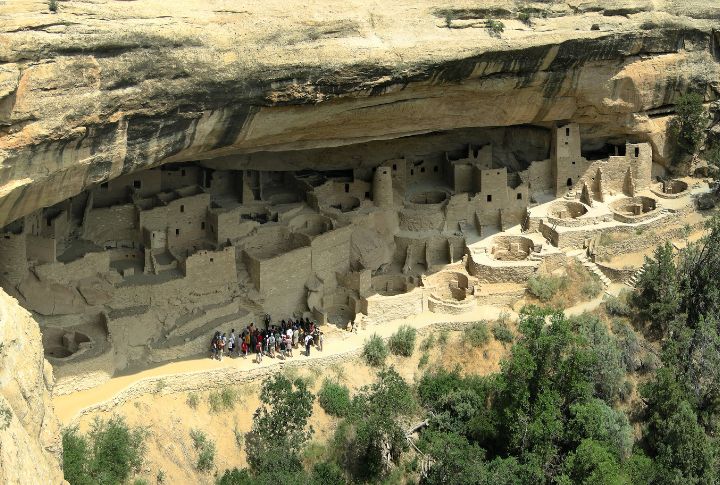
Carved into the cliffs of Colorado, the ancient cliff abodes of Mesa Verde are more than homes—they’re a glimpse into a rich, resilient culture. The Ancestral Puebloans lived here and used the cliffs for both protection and spiritual connection. The Cliff Palace, one of the most notable of them, is situated in Montezuma County.
Chaco Canyon Great Houses In New Mexico
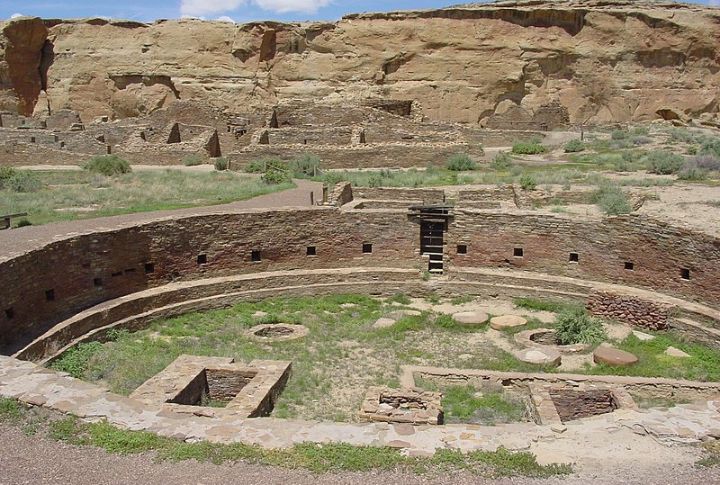
In the heart of New Mexico, Chaco Canyon was once a busy center of culture and trade. The Great Houses here were built with precision and purpose, with examples of ancient architecture. The way these structures align with celestial events shows an incredible comprehension of astronomy, proving the sophistication of the builders.
Cahokia Mounds In Illinois
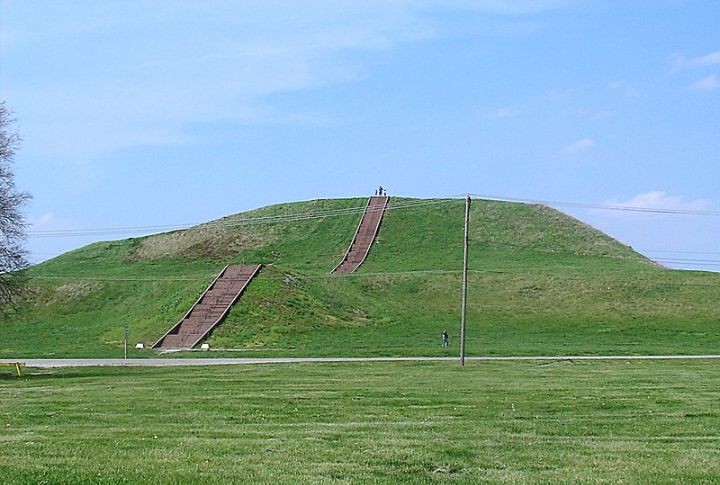
Cahokia Mounds is an attestation to the power of Mississippian culture. They are giant earthworks located near St. Louis that were used for ceremonial purposes. This is where you can find the massive Monks Mound. At one time, this was the largest pre-Columbian city in North America, with a well-developed political structure.
Hopi Houses In Arizona
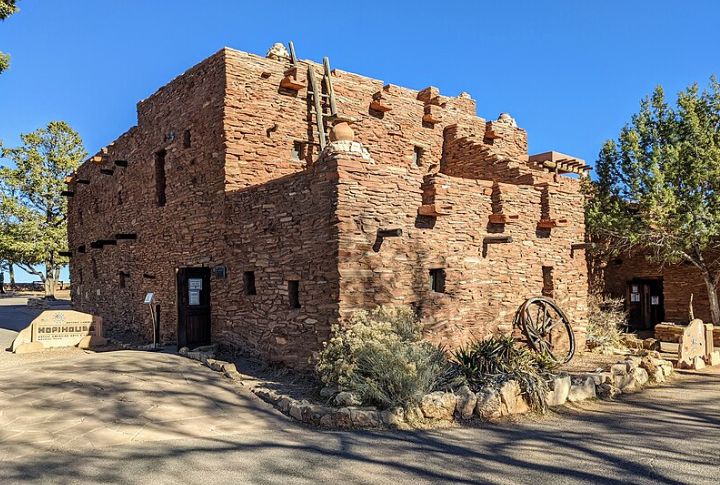
Built from adobe, these homes are designed to endure the intense Arizona heat. The mesas they rest upon not only shield them from invaders but also deepen the Hopi people’s bond with the land, strengthening the link between home and heritage. The Hopi dwellings are a beautiful blend of practicality and spirituality.
Taos Pueblo In New Mexico
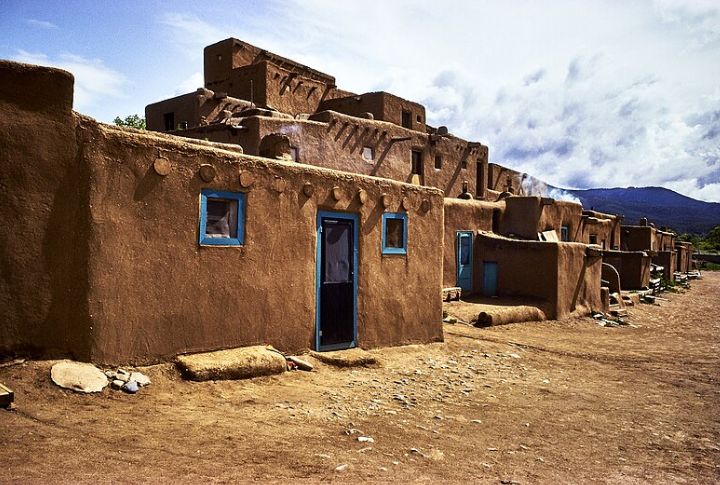
Standing for over a thousand years, Taos Pueblo in northern New Mexico is an impressive sight. Pueblo’s adobe homes have been continuously inhabited, and they are one of the oldest communities in the United States. Its multi-story buildings amid the desert are a perfect example of how architecture can be a part of the natural terrain.
Kiva Ceremonial Spaces In The Southwest US
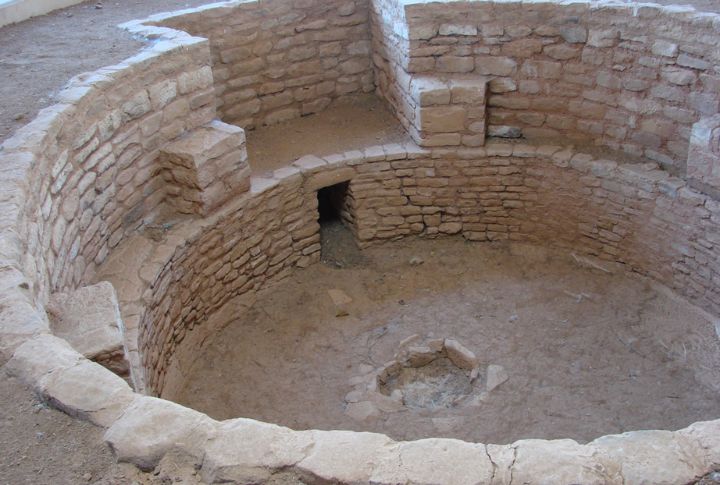
In the Southwest, kivas are more than living spaces—they were the heart of Pueblo ceremonies. The underground structures, often circular in design, were used for religious rituals and community gatherings. Their constructions include a feature known as the “sipapu,” an entryway from the underworld.
Pueblo Bonito In Chaco Canyon, New Mexico
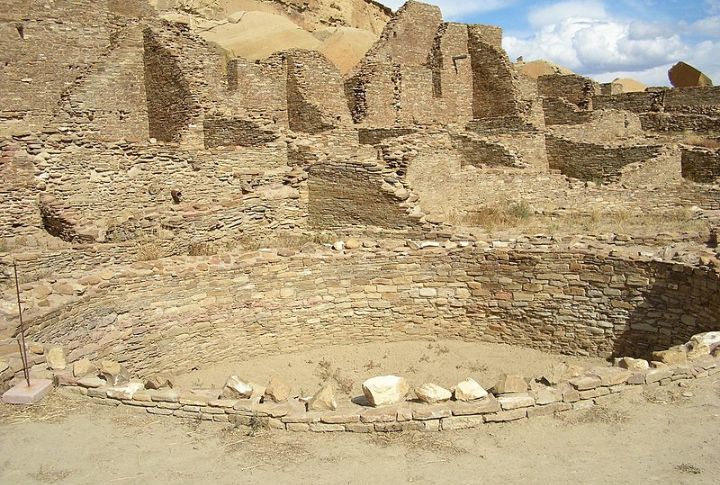
With its multi-story layout and intricate design, it once served as both a residence and a ceremonial center. The strategic location of this Great House suggests it was central to trade, politics, and spirituality in the ancient world. Pueblo Bonito in Chaco Canyon is a standout example of Puebloan architecture.
Ancestral Puebloan Sites In The Four Corners
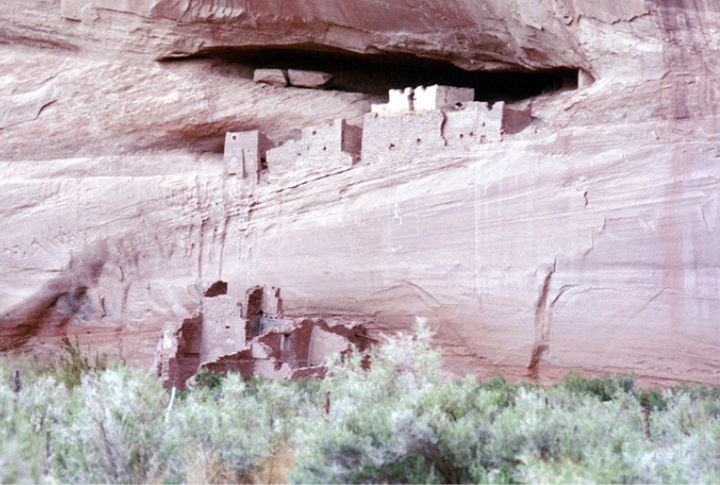
These cliff dwellings and stone homes are scattered across Colorado, New Mexico, Arizona, and Utah. The Four Corners region is rich with ancient sites that reveal the story of a sophisticated culture. Each location gives insight into the lives of those who prospered alongside their natural surroundings.
Navajo Hogan Homes In Arizona
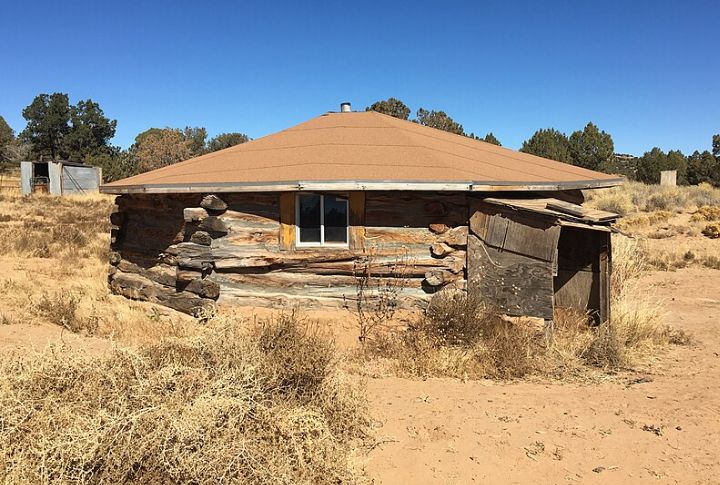
Navajo hogans are iconic homes that provide a window into traditional Navajo life. Their round, earth-inspired design is not only practical but also deeply spiritual. Built to reflect harmony with nature, the door traditionally faces east to welcome the sunrise. Many Navajo continue to live in these homes today, preserving a rich and meaningful tradition.
Cedar Plank Houses Of The Pacific Northwest
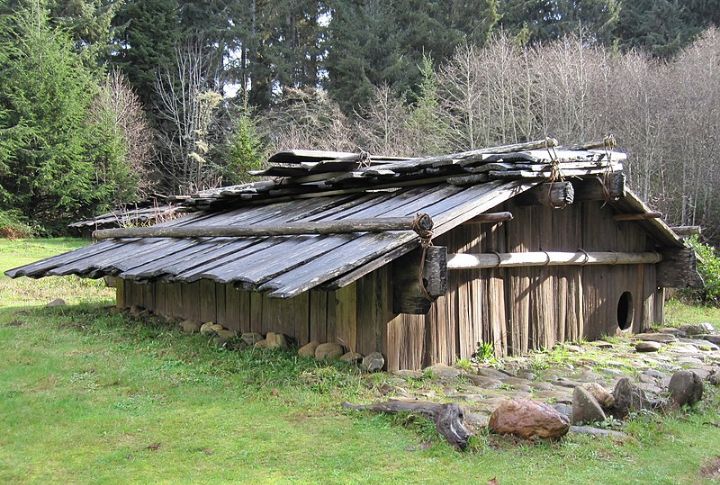
In the forests of the Pacific Northwest, the cedar plank houses stand as a unique symbol of indigenous culture. Made primarily of cedar, these large, weatherproof homes were built by tribes like the Haida and Tlingit. The homes often feature detailed carvings and totem poles and tell the stories of the families that once lived there.
